Quantum Yield Calculator From Photoluminescence (PL) and UV-Vis Absorption
Cite This in Your Publication
Quantum Yield Calculator From Photoluminescence (PL) and UV-Vis Absorption - InstaNANO. https://instanano.com/all/characterization/pl/quantum-yield/ (accessed December 27th, 2025).
Quantum Yield Calculator From Photoluminescence (PL) and UV-Vis Absorption - InstaNANO. https://instanano.com/all/characterization/pl/quantum-yield/ (accessed December 27th, 2025).
This calculator can determine quantum yield of an unknown sample form photoluminescence and UV-Vis data via reference sample.
Data of Standard/Reference
Quantum Efficiency
unitless
PL: Area Under Peaka.u.
UV AbsorptionA
Refractive Index of Solventn
Data of Sample
PL: Area Under Peaka.u.
UV AbsorptionA
Refractive Index of Solventn
Results (Quantum Yield)
Quantum Yieldunitless
Quantum Yield%
Theory Behind Calculations:
The above calculator is based on following relation:
QY-sample = (QY-std * Abs-std * PL-sample * RefrativeIndex-sample^2) / (Abs-sample * PL-std * RefrativeIndex-std^2)
Note: UV-Vis absorption must be less than 0.1 (Intensity a.u.) to minimize the resorption of photons.

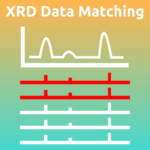
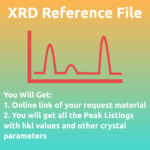
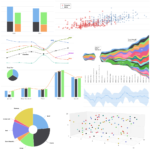
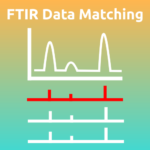
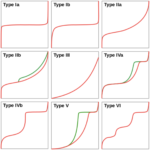
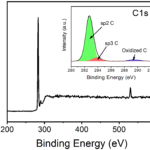
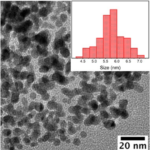
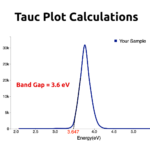
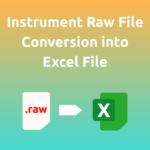

What reference was used for metallic nanoparticles deposited on glass thin films, FOR FINDING QUANTUM YIELD?
Actually, what was found by me for calculating quantum yield, the absorbance of the standard was found 0.1 with the concentration of 10mm, but we did with our compound that time was found less than 0.01. So, queries regarding to that which concentration is good for calculation like 10mm or 10um because that time the absorbance was 0.35 at 10 um, other is can we take absorbance in nm, not an intensity height. I curious about your immediate response